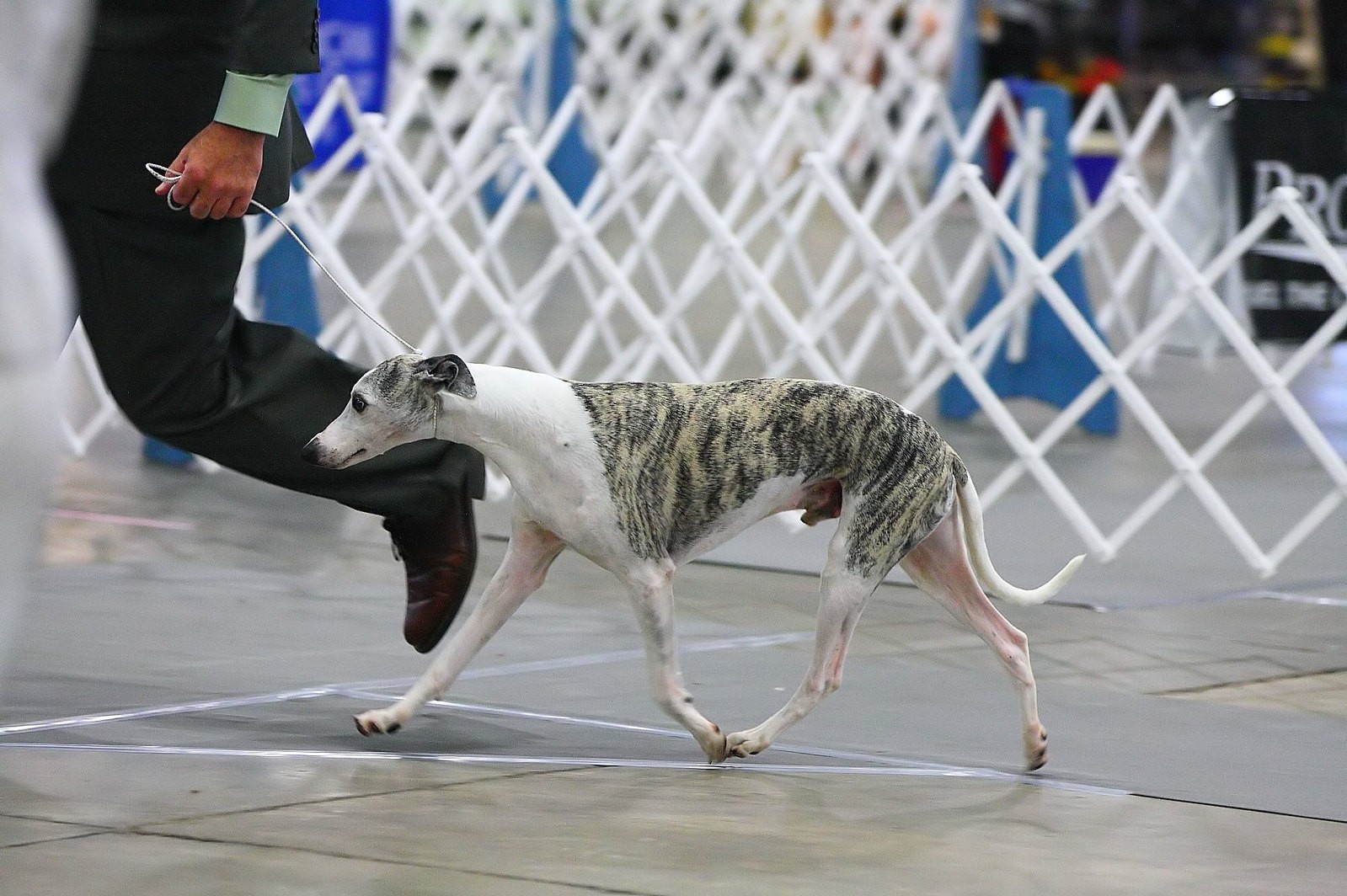aswiftakita
TPF Noob!
- Joined
- Dec 24, 2012
- Messages
- 20
- Reaction score
- 0
- Location
- tulsa
- Can others edit my Photos
- Photos OK to edit
- Thread Starter 🔹
- #16
Well I know the f was a 2.8 because that's what I set it on, lol.... and yes I do have a speedlight but you do NOT want to use any kind of flash at the shows and ring side.That's one thing to that can get you asked to move and or quit using the flash.
huh!!! Very interesting!! lol, only problem is the f is wrong... it was actually at 2.8... could that actually be a "misread" from the camera?
How do you know the aperture was set to f/2.8? The EXIF comes from the image you posted. F/3.2. I and others have read it with our EXIF readers.
There are several noise-removal softwares available, and may be included with an editing program that will do other things as well.
For now, probably the best "fix" would be to add light. Do you have a speedlight?













